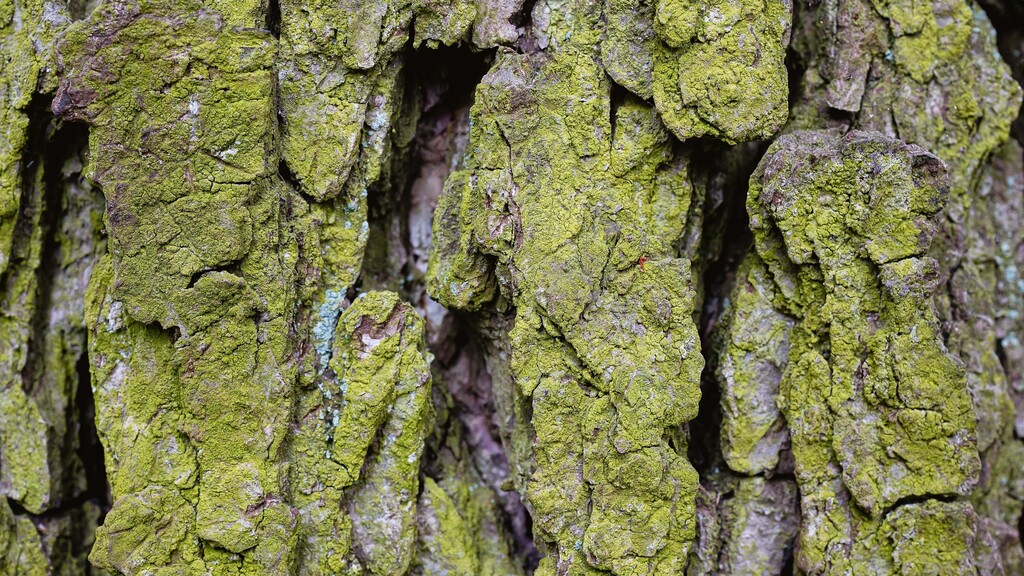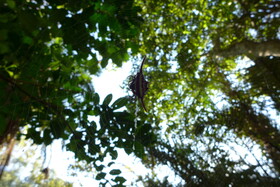


Different CO2 calculators use different examples of calculations for the compensatory performance of trees. And in fact, there is no universally accepted standard yet for how much CO2 a tree can be included in compensatory calculations on average. The complexity of nature must also be taken into account here. For one side of the equation, i.e. per capita emissions for specific human activities, the data sets collected by the German Federal Ministry for the Environment, Nature Conservation and Nuclear Safety (BMU), the German Federal Environmental Agency, the Society for Consumer Research and the United Nation Framework for Climate Change Convention provide a good orientation. These data are used for global emissions trading.
In addition, Naturefund has evaluated more than 70 studies and considered the different storage and performance capacities of different ecosystems worldwide. The performance per tree varies greatly around the world and is subject to a variety of influencing factors: the age of the trees, the condition of the trees in terms of water supply, the available leaf mass, the immediate environment, but also climatic conditions acting on the trees. For example, the increased compensatory capacity of an intact rainforest tree contrasts with that of a less efficient tree in Europe, for example. These factors must be included in such calculations as influencing factors. The average value of the 70 studies evaluated is a storage of 500 kg CO2 per tree.
Added to this is our nature-based approach to all our projects. We always protect existing trees or plant trees in near-natural systems. This means that trees are planted with other plants in synergistic effects according to a local approach, which in turn has a positive effect on the compensatory performance as well as on the entire ecosystem.
On average, a tree needs about 20 years of growth time to be able to compensate a relevant amount of CO2. Considering the goal of limiting global warming to 1.5 degrees, new reforestation projects can only be included in future-oriented calculations. That is, for a near-term effect on greenhouse gas emissions and a short-term view, existing healthy forests and currently intact other ecosystems are more efficient than prospective reforestation projects. At the same time, this does not mean that we can avoid our responsibility for the future. Already now, intact ecosystems must be built and preserved for future generations. In this respect, it pays to take nature as a model and to rebuild natural areas accordingly. It has been scientifically proven that species-rich forests and not forests in monoculture are the effective climate protectors.
The core of our work is to preserve, protect and rebuild space for nature and species. This concerns not only reforestation projects, but also the preservation and protection of existing other ecosystems, such as peatlands or grasslands, and their conversion into nature conservation zones.